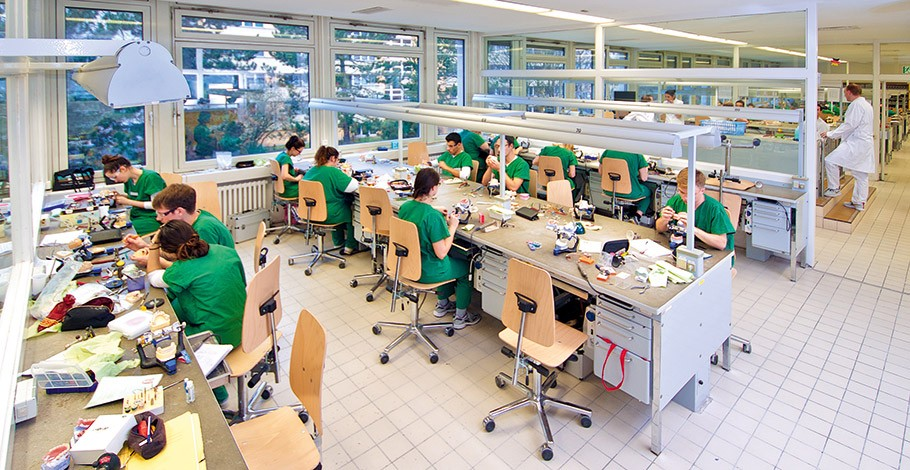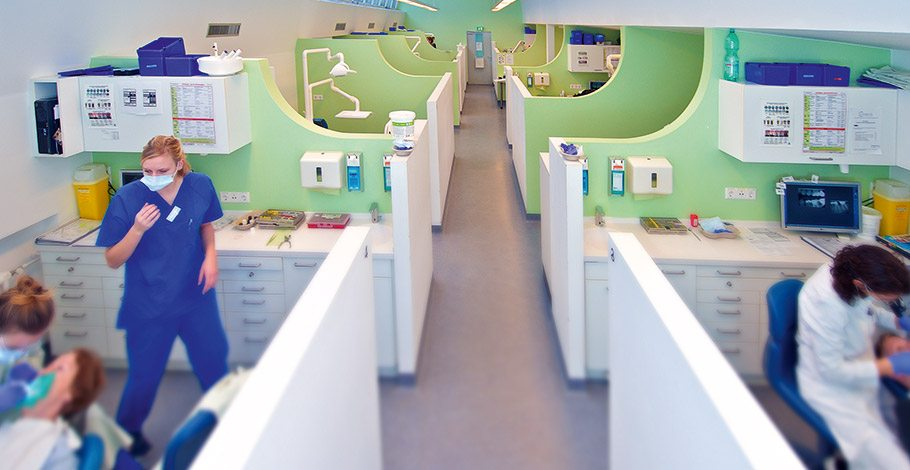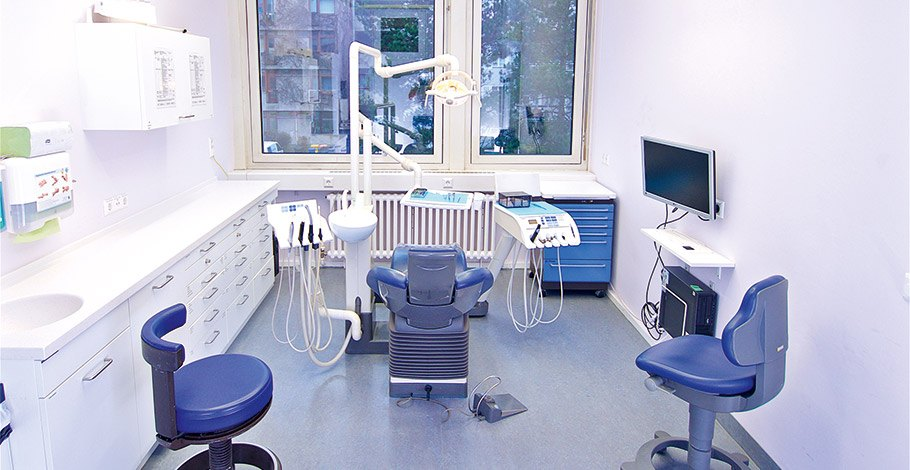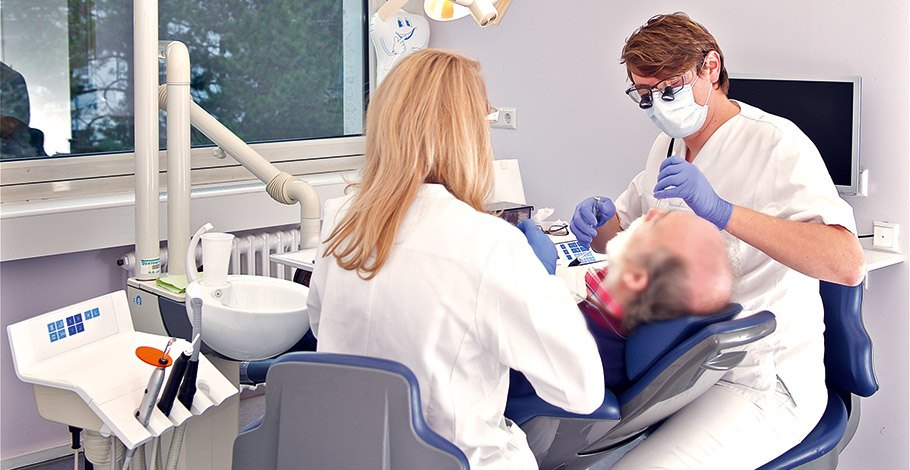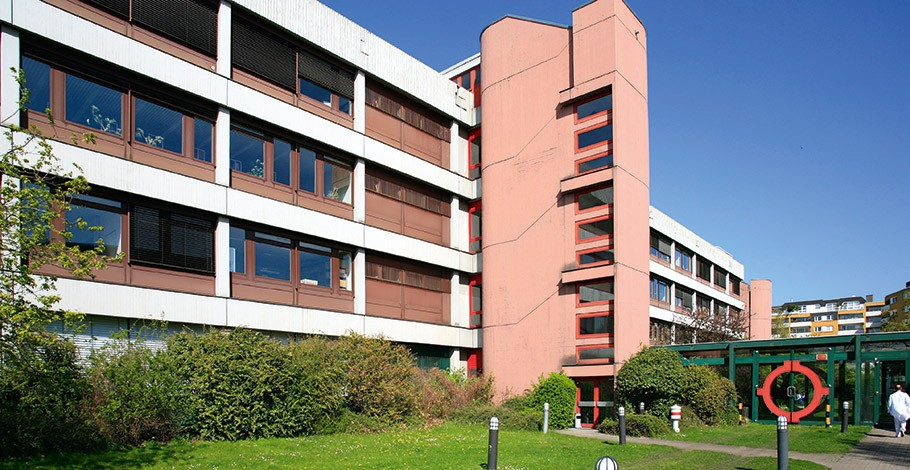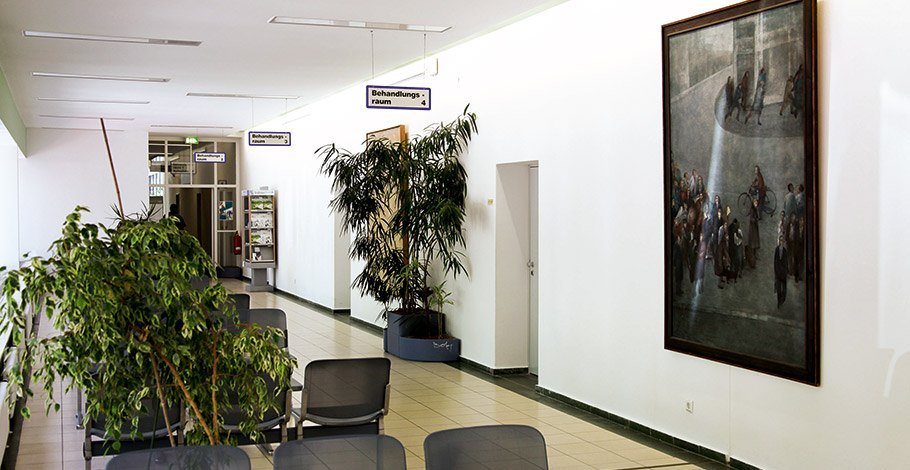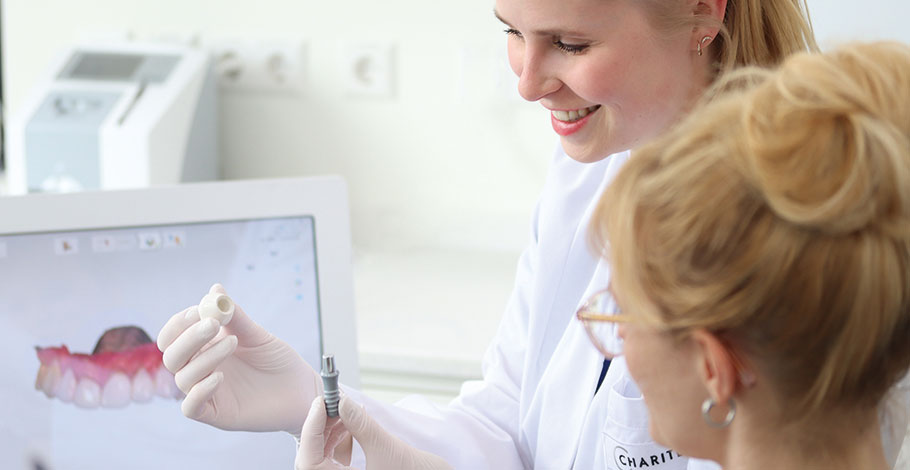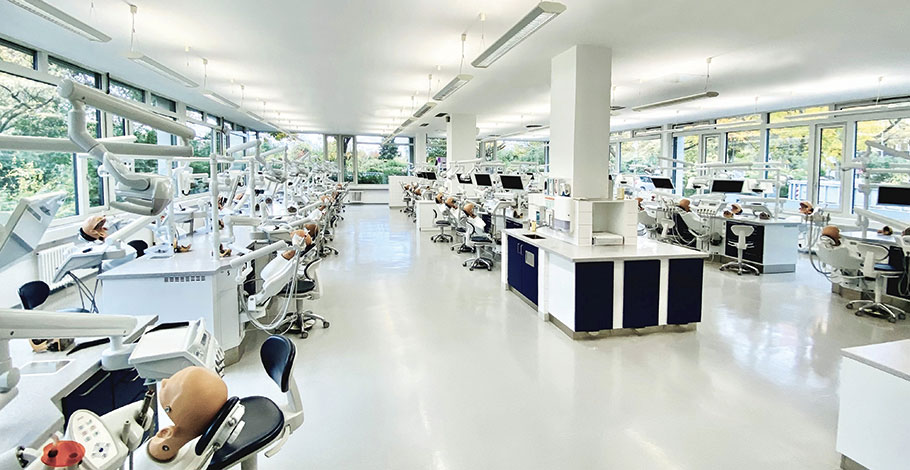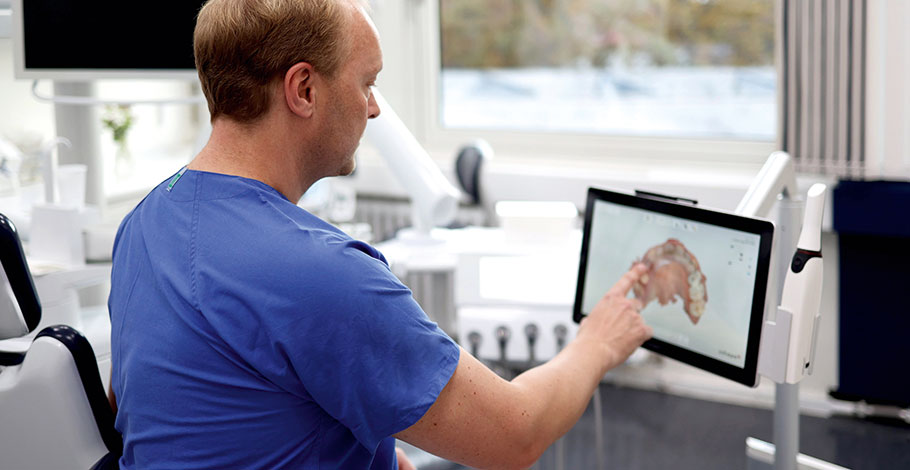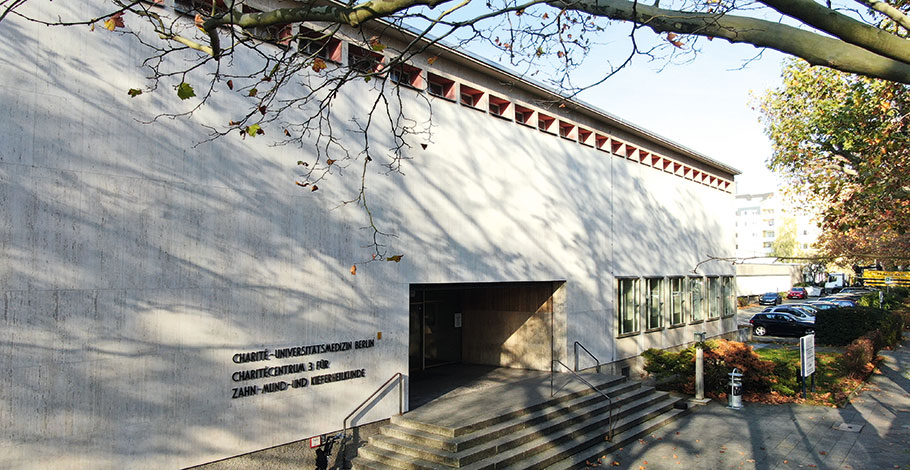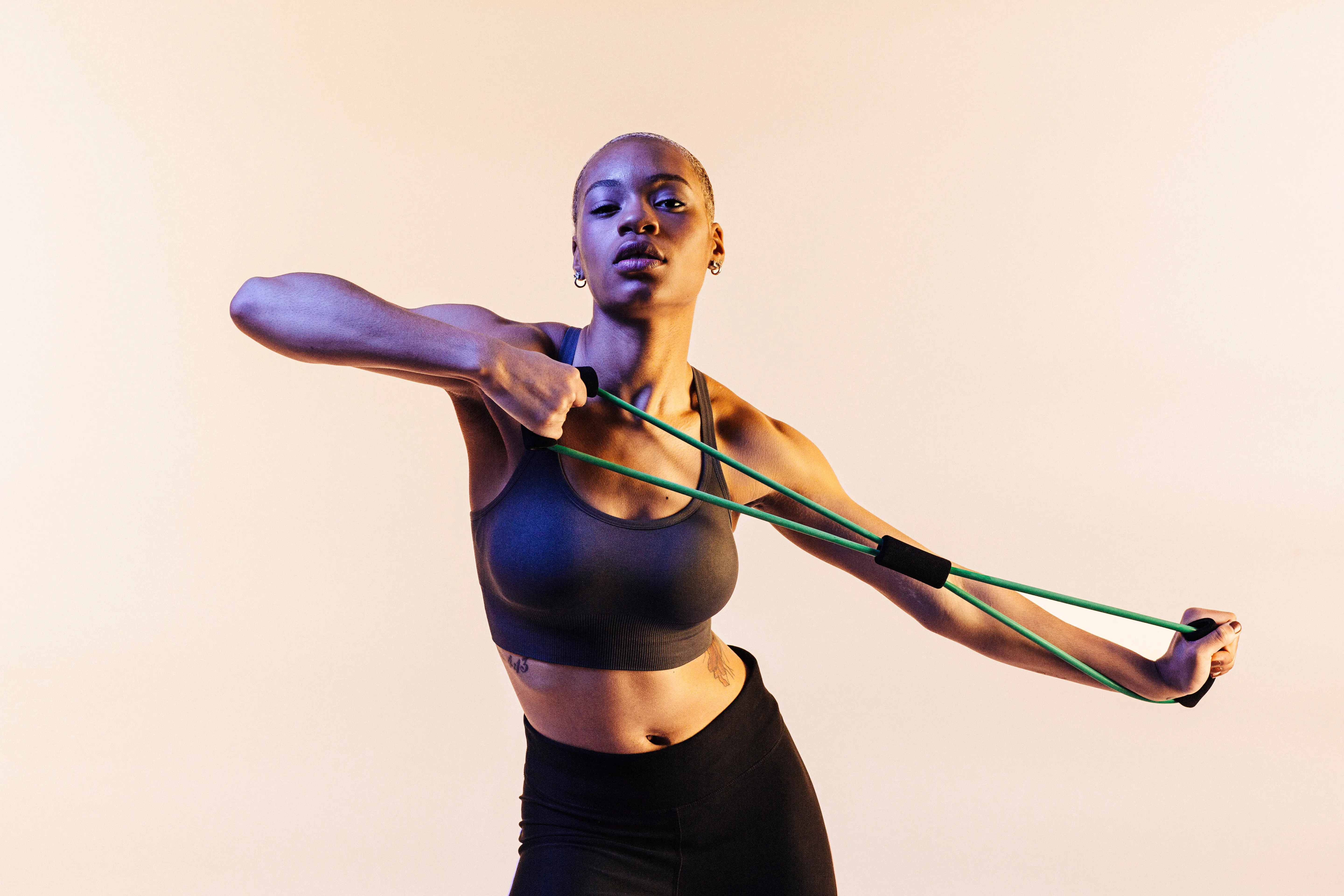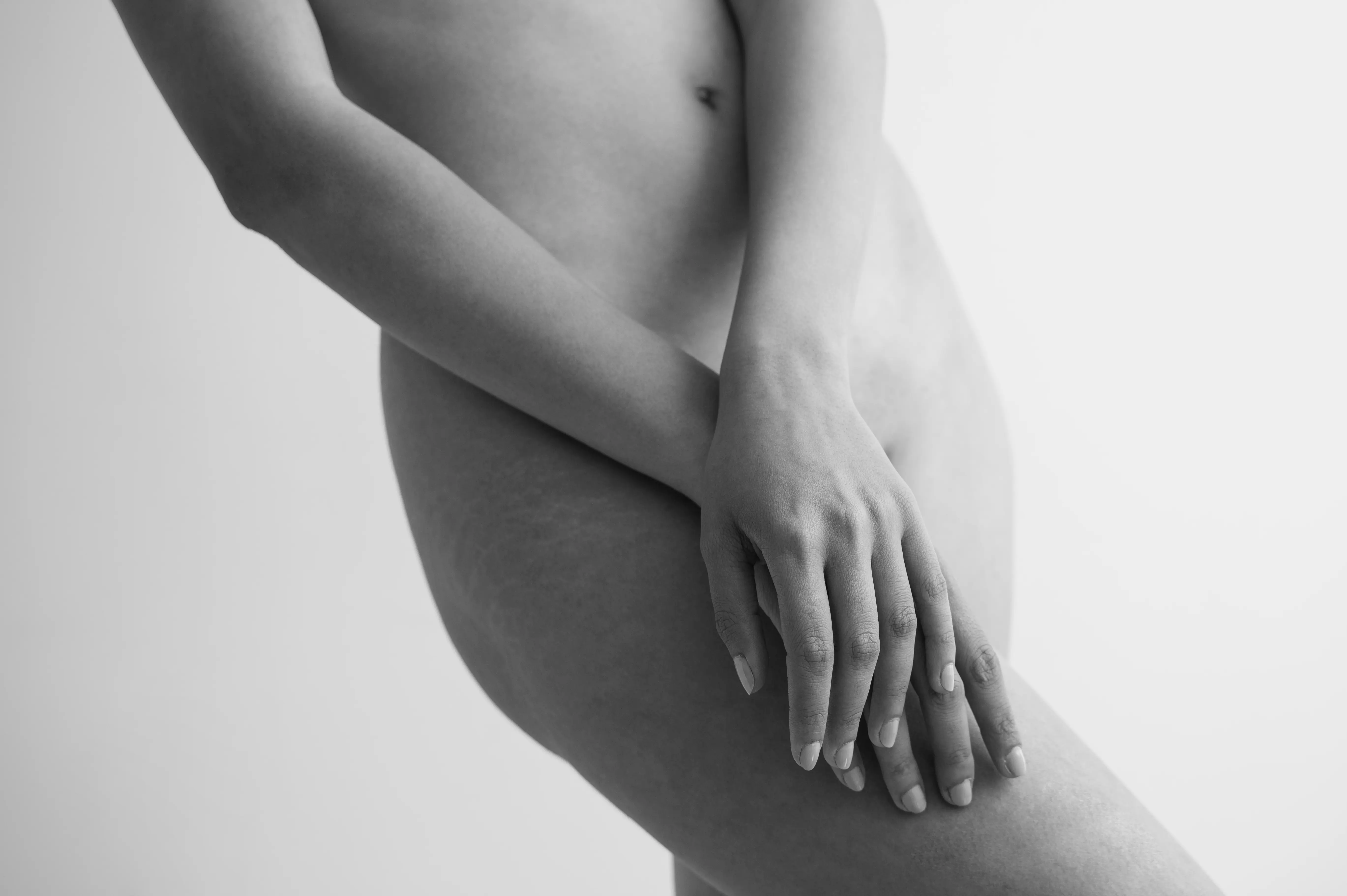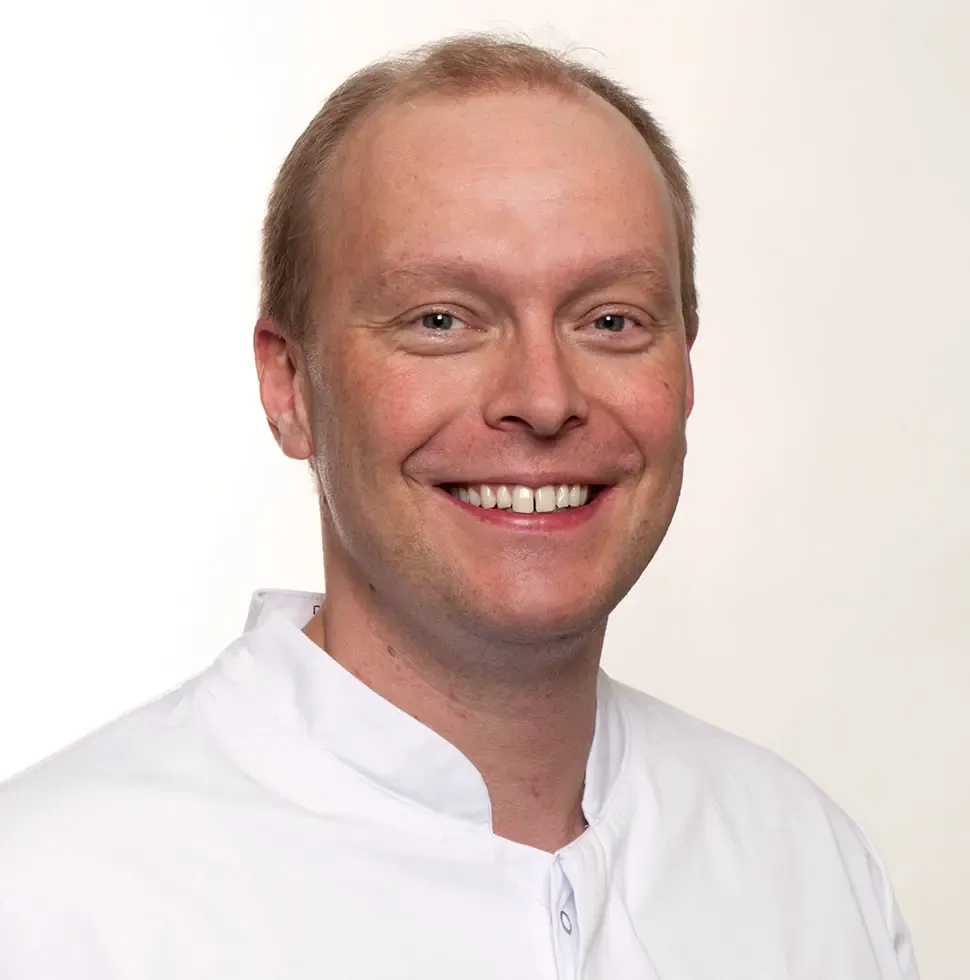
- Berlin
- Aesthetics & Function in Dentistry
Prof. Dr. med. dent. Florian Beuer (MME)
Charité – Universitätsmedizin Berlin Zahnärztliche Prothetik, Alterszahnmedizin und Funktionslehre
Services
Fulfill the desire for a beautiful set of teeth
Modern dentistry today is more than just the repair of teeth. “Many patients come to me explicitly with the desire for a beautiful set of teeth,” confirms Professor Dr. med. Florian Beuer, who has been leading the Department of Dental Prosthetics, Gerodontology and Functional Science at Charité – Universitätsmedizin Berlin at the Benjamin Franklin Campus since April 2015. “Every type of restoration should therefore also consider aesthetics.” Approximately 1500 patients are treated annually in the Berlin Prosthetic Dental Clinic. Among them are 5 to 10 percent who require comprehensive treatment.
Smart treatment plan for optimal dental aesthetics
“Especially with them, we must have an overall concept in mind from the beginning that meets both the functional requirements and the aesthetic demands of the patient,” Beuer knows. “That’s why we first create a well-thought-out treatment plan that defines the end goal, a so-called backward planning.” This involves the six-eyes principle, which includes the dentist, dental technician, and above all the patients. This is time-consuming, but the good results justify the effort. The latest procedures, such as a face scanner in combination with 3D software, allow patients to get a preview of the treatment result.
Only when the optimal strategy is clear does therapy begin. Beuer perceives esthetic dentistry as an interdisciplinary field: he consults specialists for the individual steps necessary during a more comprehensive treatment: orthodontists, implantologists, periodontists, and endodontists: "I have 60 colleagues in the clinic. Together with them, we can optimally approach even the most demanding issues."
Detect previously unrecognized craniomandibular dysfunction (CMD)
In planning, Beuer and his colleagues consider not only obvious dental problems but, as dentists, see the whole patient. At the Charité dental clinic, checking the interaction of masticatory muscles and jaw joints is standard procedure for every patient. Unrecognized craniomandibular dysfunction (CMD) can lead to severe headaches, difficulties opening the mouth, and pain in the masticatory muscles. "CMD is a common and often overlooked issue. That's why screening is part of every routine finding," says Beuer.
Like many university colleagues, Beuer not only works with patients but also researches and develops modern treatment concepts, materials, and technologies. "At the university clinic, we are often the first to try new things," explains the New Berliner with a Bavarian accent. Some years ago, he and colleagues in Munich developed the "digital veneering" process: instead of by hand, veneering and restoration frameworks are digitally manufactured using this method. "The restorations are more stable and extremely precise due to the digital milling process," Beuer explains the advantages. Once developed at the university, this method is now standard in many places. Several hundred thousand restorations have been integrated worldwide for patients.
The treatment plan in our clinic integrates the functional requirements of the dentist and technician, as well as the aesthetic demands of the patient.
PROF. DR. MED. FLORIAN BEUER
No gag reflex: Implants without prior dental impression or molding
A research focus of the Berlin dental clinic is impression-free implant care. This method succeeds in two steps instead of the usual four. Beuer first places the implant, onto which a crown or bridge is later placed. The Berlin team then immediately creates a digital impression using an intraoral scanner. This technique replaces the more time-consuming conventional molding process. Inaccuracies that occur with conventional molding materials can be reduced.
At the next appointment, the patient gets their bridge or crown adjusted. With favorable anatomical conditions, implantologist Beuer also provides patients with fixed third teeth in one day. And for inlays and some single tooth crowns, his team now only needs one session. "The tooth is prepared and then directly restored with the restoration."
Computer-assisted procedures from veneers to complete dentures
Possible is this comfortable dentistry through the increasing technologization in prosthetics. "We can now construct almost everything digitally and manufacture it with computer assistance - from the veneer to the full denture," explains Beuer. This saves time. But the greater advantage lies in the much higher quality of the materials: "The material is processed differently, which often makes it thinner and fit better." And Beuer immediately thinks again about the appearance of the patients: "Total dental prosthesis and aesthetics are no longer mutually exclusive." In the next ten years, the visionary wants to develop even better products for older people using new materials and digital possibilities, which support chewing function, are easy to care for, and aesthetically pleasing.
New materials and modern technologies have opened up many possibilities in the field of aesthetic dentistry in recent years. Like no other field, it requires close contact between dentists and dental technicians. Beuer's team alone includes seven dental technicians, whose expertise he can constantly access. Each individual specializes in a specific area such as digital technology or ceramics. The dental technicians use almost exclusively materials that are considered aesthetic, biocompatible, and yet durable. "Tooth-colored restorative materials with tooth-like translucency are one of the greatest revolutions in modern dentistry," says Beuer. "The inclusion of aesthetics is almost like a new standard in dentistry, and so our students learn the importance of aesthetic considerations from the very beginning."
